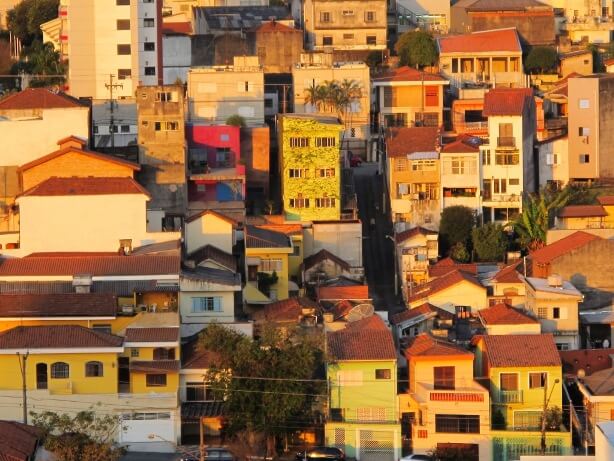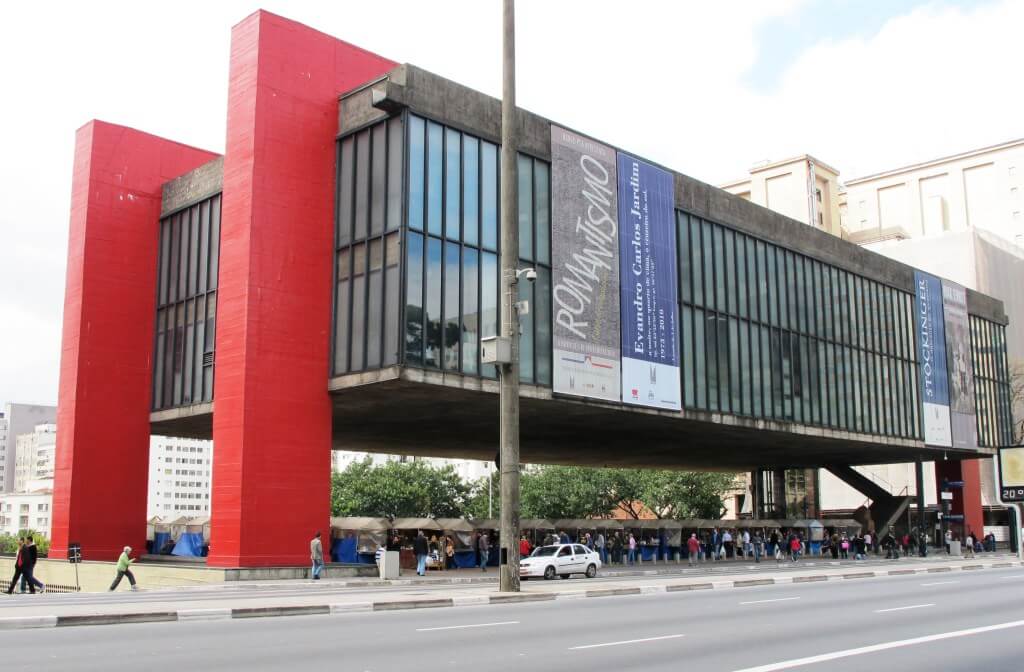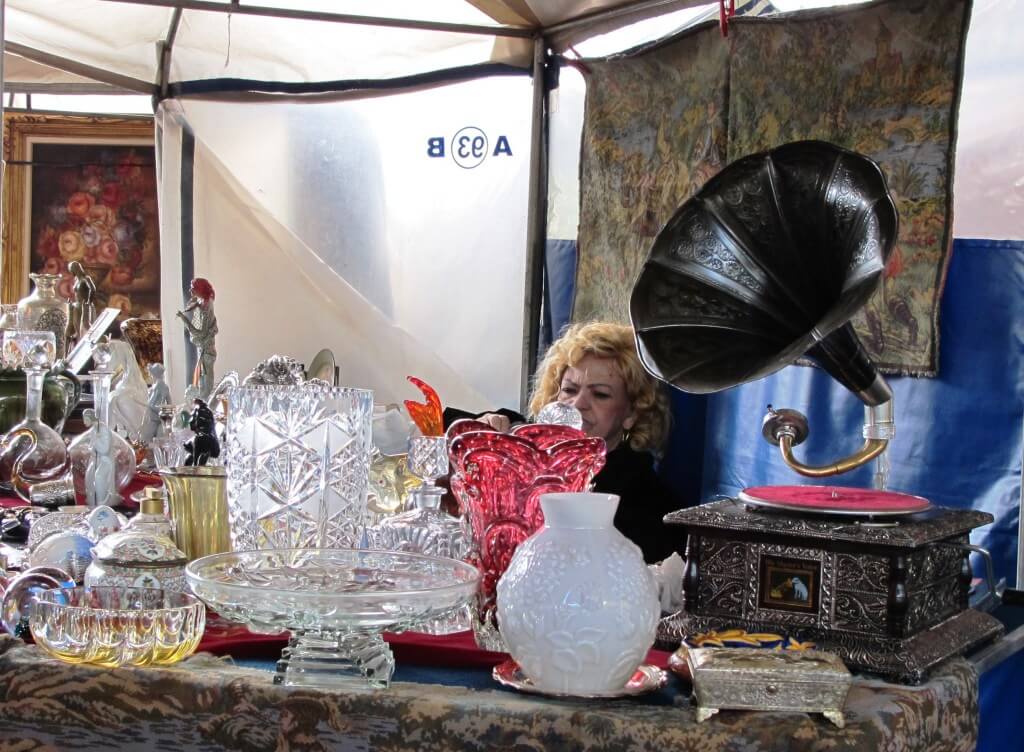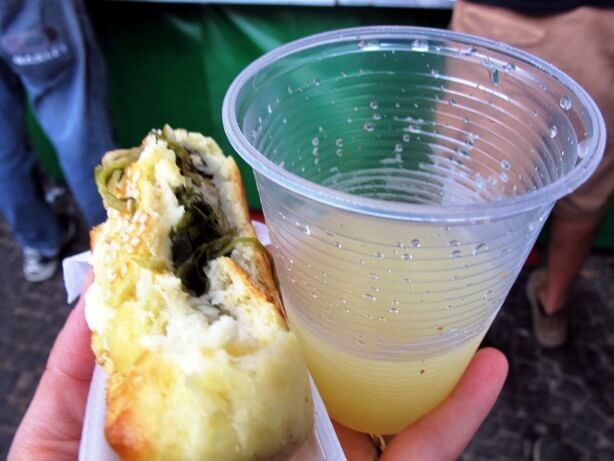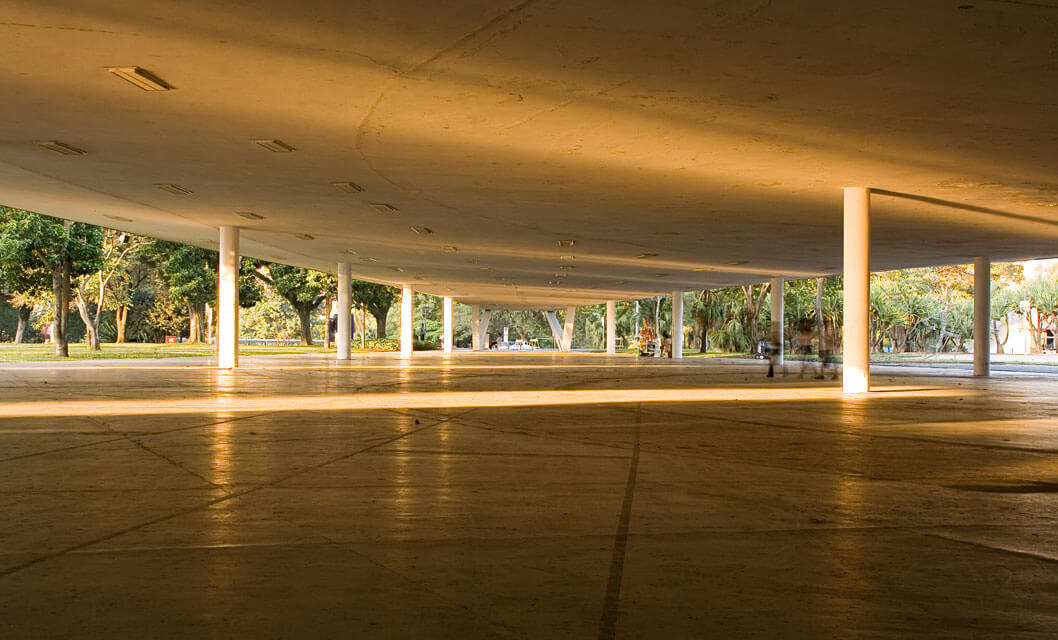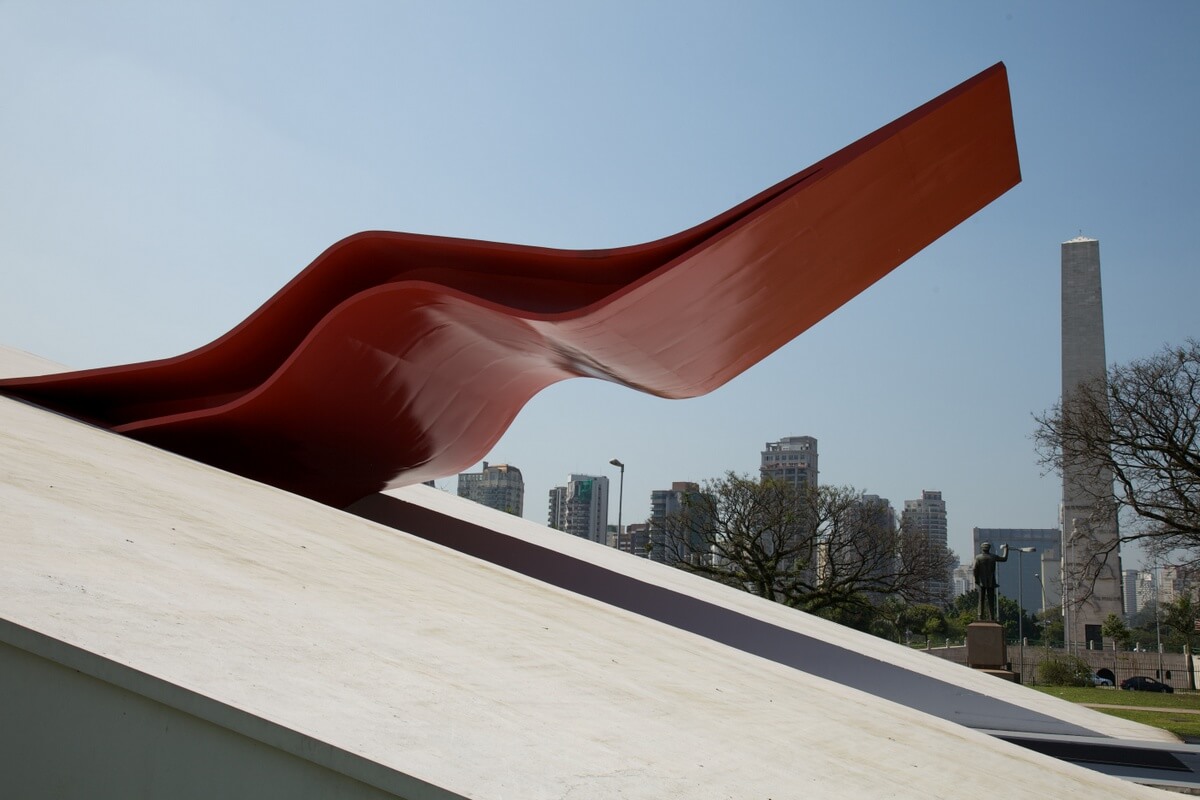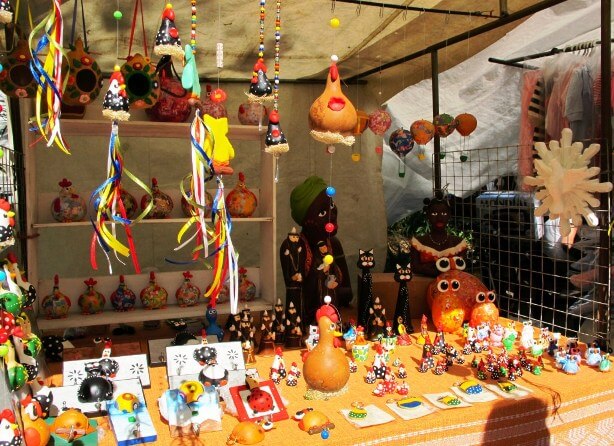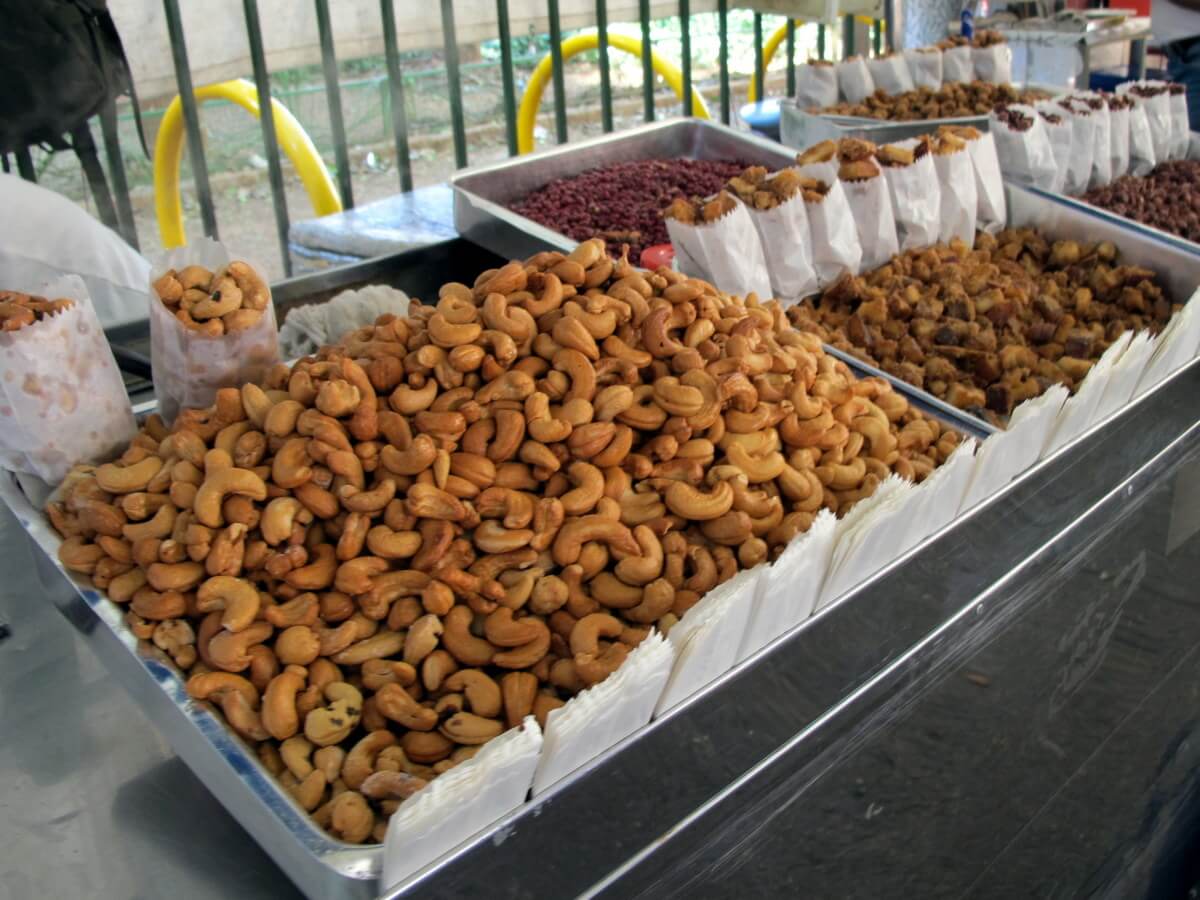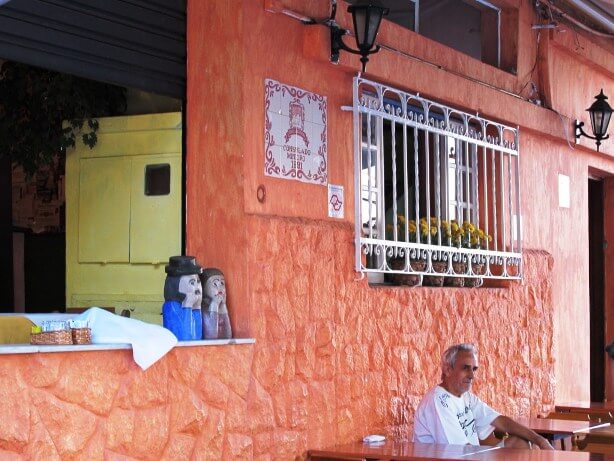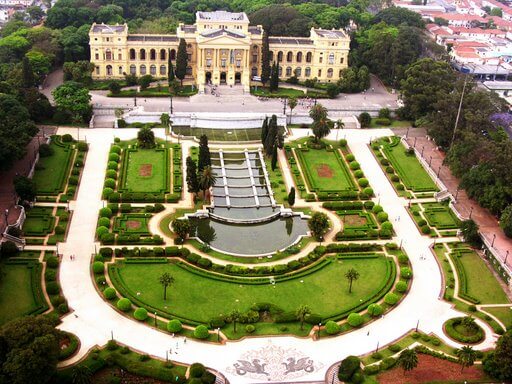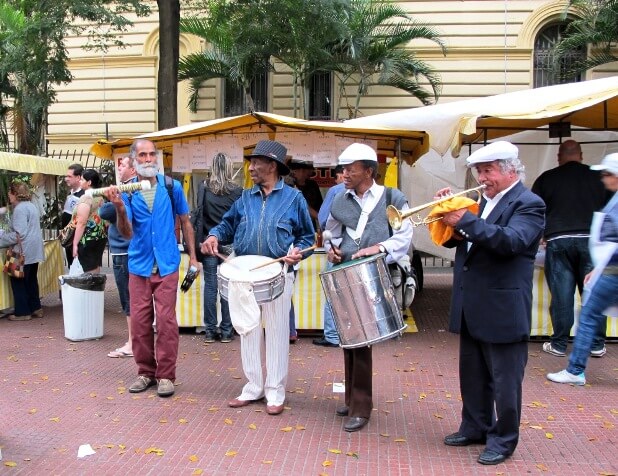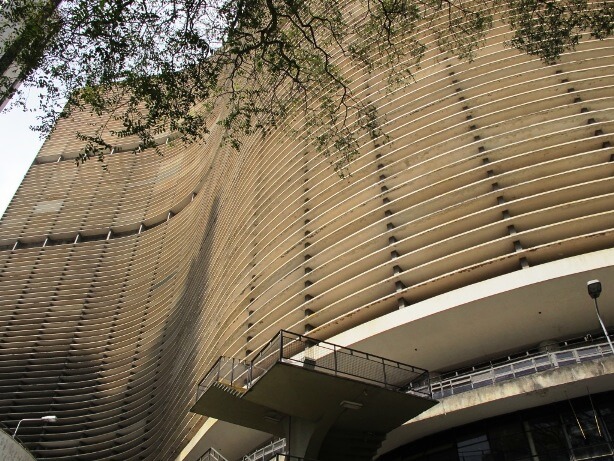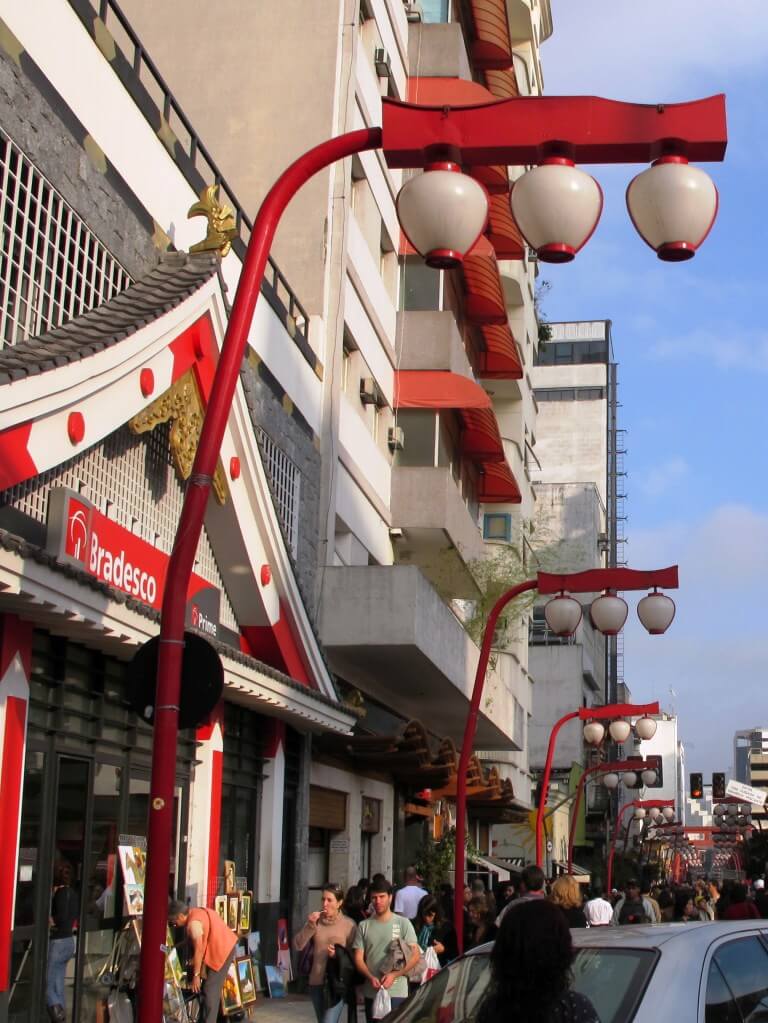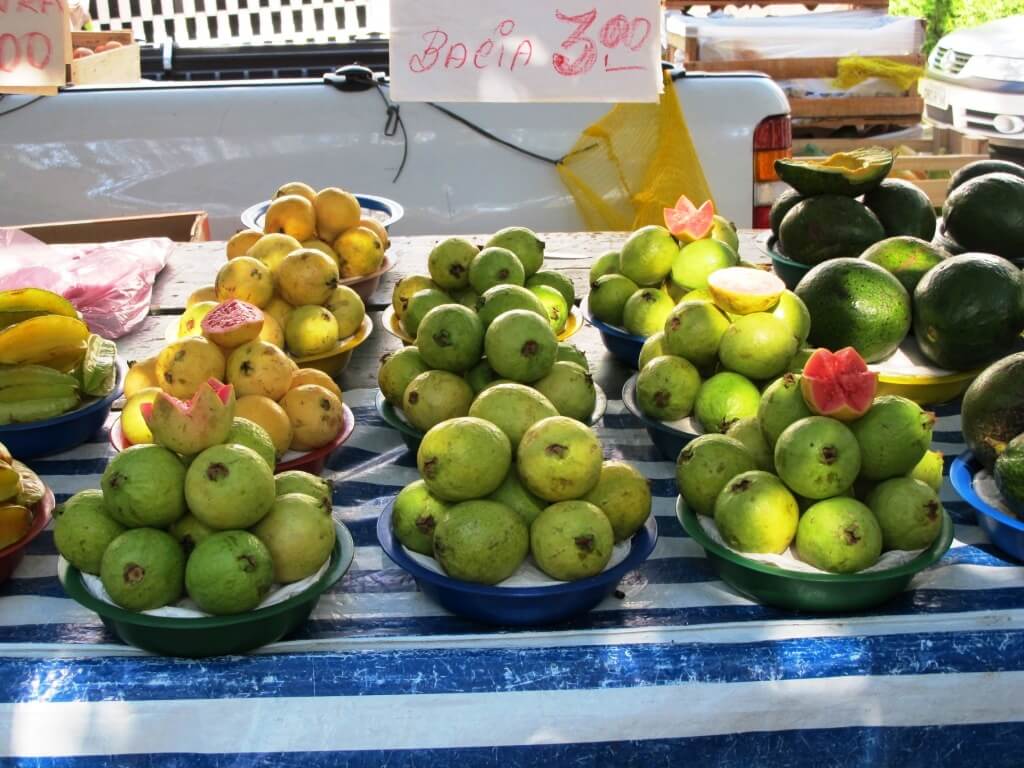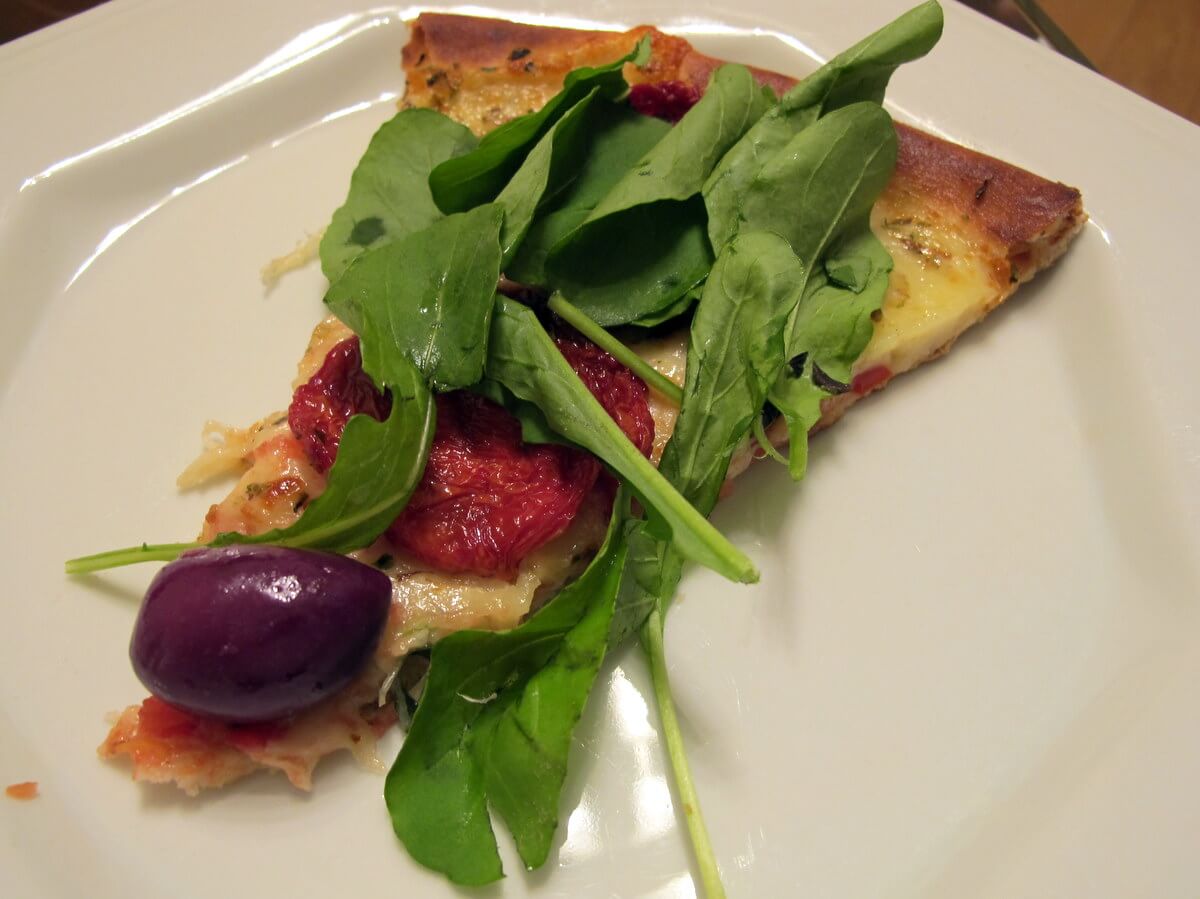São Paulo : rendez-vous avec la démesure
- Par Jean-Pierre Chanial
- Publié
Publié le
02/05/2014 à 18:01
Le 12 juin, la capitale économique du Brésil applaudira le match
inaugural (Brésil-Croatie) de la Coupe du monde de football. Cinq autres rencontres
suivront. Visite d'une mégapole avant-gardiste en quelques spots exemplaires.
On l'imagine immense, désordonnée, poussée trop vite, fêtarde mais quand
même aux aguets. Elle est tout cela et bien plus encore. «São Paulo est
depuis toujours à l'avant-garde des villes brésiliennes. C'est ici que les
choses se passent, que se créent les tendances de la mode, de l'économie, des
arts. São Paulo invente demain, à la manière d'un New York version latine»,
résume Jean-Philippe Perol, directeur Amériques d'Atout France, l'organisme de
promotion de l'Hexagone, et surtout pauliste de cœur depuis des décennies.
Avant de toucher la piste de l'aéroport Guarulhos, l'avion survole des
tapis de quartiers hétéroclites, des entrelacs d'autoroutes à huit voies et de
chemins de terre, des forêts d'immeubles. Cela dure une éternité. São Paulo
joue la démesure et empile les records: étendue (plus de 1500 km2, cinq fois
Paris et sa banlieue), population (19 millions pour l'agglomération, soit
10 % des Brésiliens), armée de va-nu-pieds, on ne les compte plus,
cabriolets pour frimer et voitures blindées, ça rassure, boîtes de nuit (plus
de 2 000) et fête a gogo, pizzas (1 million avalées chaque jour), prisons
bondées (190.000 détenus), gratte-ciel (2 578, chiffre officiel) et des
milliers de peintures murales, cris de guerre ici, œuvres d'art là-bas. Son vertige est sans limites.
• Passion
foot
Alors,
commençons par le point zéro de la ville. Place de la cathédrale Saint-Paul, là
où, le 25 janvier 1554, douze jésuites posent la première pierre de leur
mission. C'est l'épicentre de São Paulo, là où les cloches sonnent à la volée,
où un orgue immense joue pour le ciel chaque après-midi. Une stèle rend hommage
aux pères fondateurs, sur le vaste parvis tiré comme un tapis de pierres devant
le grandiose édifice. À l'ombre des palmiers géants qui l'encadrent, des religieuses pressant
le chapelet, des musiciens tendant la sébile, des mauvais garçons et des
vendeurs de fausses Marlboro. De crack aussi. Tout autour, file la foule. Pas
pressés, mode comme à Manhattan ou Paris, téléphone portable et tablette prêts
à être dégainés, têtes blondes et visages cuivrés des Indiens guaranis, peaux
noires et toutes les nuances intermédiaires. Le fameux miracle du métissage
brésilien est au rendez-vous.
Ainsi court São Paulo, pour imposer sa loi des affaires, celle qui en
fait la capitale économique du Brésil. Elle produit le quart de sa richesse et
abrite 60 % de ses grandes fortunes. Ajoutons une évidence, le joyeux ADN
des gens du Sud. Sourire et on fait amigo avec le voisin de bus, le serveur du
café, le vendeur de jus de canne. À condition d'oublier le nombre effarant des
habitants de la rue, on croirait presque à l'harmonie.
En janvier, une favela pour 500 personnes est née de tôle et de cartons
en quatre jours sur le parking d'un hôpital. De son côté, la Fifa visitait
l'Arena où joue habituellement l'équipe des Corinthians et l'a déclarée apte
pour la Coupe du monde. Ouf. Grâce au ballon, toutes les strates de la société
pauliste vibrent à l'unisson. Soutier à la peau sombre sur un chantier pour
400 dollars par mois ou cadre sup blanc formé aux États-Unis, dix fois
mieux payé, cela change la vie, pas la passion foot. L'un et l'autre savent que
le premier match jamais joué au Brésil l'a été ici, en 1894, jubilent avec les
1282 buts du roi Pelé ou les exploits du gamin Neymar,
rêvent d'une sixième étoile de champion du monde sur le maillot des Auriverde…
• Charcuteries italiennes
Démonstration au Museu de futebol, installé au stade municipal, petit
bijou Art déco. Fous de foot, bienvenue au paradis, guidé par un Pelé virtuel.
Images des grands matchs, expo de ballons, gestes d'anthologie, fiche des clubs
brésiliens et des joueurs qui marquèrent l'histoire… il y a tout, même des
animations pour les bambins.
Devant le
stade, une esplanade et un marché alimentaire quotidien. Tout au bout sont
installées des échoppes pour grignoter sur le pouce, dont une tenue par une
famille japonaise. Elle sert des beignets garnis avec ce qu'on aime, fromage,
crevettes, légumes, viande. Une spécialité italienne à l'origine, piquée par la
communauté nipponne. Les deux plus grandes migrations de São Paulo tiennent sur
ce minicomptoir ouvert à tous les appétits.
L'appel aux
papilles touche son Graal au marché municipal. L'immense halle couverte, murs
de brique et toit de verre, abrite 250 étals sur 12.600 m2. Charcuteries et
fromages italiens en force. Trois millions de Paulistes revendiquent des
ancêtres venus de la Botte pour brûler le café à la fin du XIXe siècle. En mezzanine avec balustrade, on admire l'aimable bousculade et le
ballet des ménagères d'en bas. Une vingtaine de mammas, entourées de fistons
aux ordres, touillent les marmites et grillent la bruschetta comme à Napoli. Il
suffit de lever la main pour voir arriver une portion d'ogre. Moins de
10 euros nourrissent la famille. L'amabilité et la sincérité, c'est
cadeau.
Ce soir, pour prolonger la magie, grimper au sommet de la tour Italie
(46 étages), gloire de la communauté. Le restaurant-bar du sommet offre une vue
éblouissante à 360°.
• La folle
vie des murs
Retour au
niveau du bitume. Malaise à voir le nombre de ceux qui y vivent jour après nuit. Toutes les vitrines de plain-pied sont barricadées, c'est un signe. Le
soir, certaines ruelles passent aux mains des laissés-pour-compte, assez
volontiers foncés de peau. Ils interpellent les passants, boivent au goulot et
se provoquent de clan à clan. Les voitures glissent, vitres teintées, portes
verrouillées. Au petit matin, ils insulteront les camions de la volerie et
fileront faire la manche un peu plus loin.
Autre
surprise, la folle vie des murs. Le «street art» consiste à peindre des
fresques géantes, parfois grandioses, sur les façades aveugles. A minima, les
oiseaux de nuit armés de brosses barbouillent à la va-vite un cri militant:
«C'est moi, donc c'est toi», admettons, «F… la police», un classique, «L'Art
n'est pas un crime», on est d'accord. Et de vrais tableaux, façon BD,
peinture naïve ou réaliste, scènes abstraites. Très souvent bluffants.
Aboutissement génial de ces élans à Beco do Batman, une enclave du
quartier étudiant de Madalena. Ruelles étroites jamais bien droites aux façades
totalement peintes, sans cesse repeintes. Tourbillon fantasque de formes et de
couleurs, de rêves et d'envies. Magnifique. «Jadis, les grands architectes
signaient le look de São Paulo. Aujourd'hui, ce sont les peintres de rue qui
remplissent cette mission, avec des stars comme Nina Pandolfo, Minhau,
Chivitz, etc.», ajoute Jean-Philippe Perol.
Pour faire durer le plaisir, pousser à deux pas jusqu'au carrefour des
rues Aspicuelta et Mourato. À chaque coin, un bistrot avec sa terrasse. Ce sont les plus bobos de São Paulo. La bière y coule à flots et les
écrans géants captent toutes les attentions. Ce sera un des hauts lieux de la
Coupe du monde de foot.
• L'avenue Paulista
Impossible de ne pas arpenter l'avenue Paulista. On parle des
«Champs-Élysées de São Paulo». Rien à voir, sauf la largeur de la chaussée et
la mémoire, quand les barons du café alignaient leurs somptueuses villas. Disparues. Place aux immeubles signés des grands architectes pour les
banques, compagnies de téléphonie, boutiques chics et restaurants aux goûts et
tarifs du jour. Tout le monde n'a pas les moyens. Sur le trottoir, impeccable
ballet des cols blancs vissés à leur smartphone et des fashionistas multipliant
les effets de sacs. Regards croisés. La beauté métisse traverse le miroir des
destins en un claquement de stiletto. On dirait celui d'un fusil d'assaut.
Carnet de route
Y aller: Plusieurs vols quotidiens directs à
destination de São Paulo sont assurés par Air France au départ de Paris. Ils
durent 11 h 30. À partir de 973 € en classe économie, 1 952 € en
classe premium et 3 600 € en classe affaires. Tél.: 36 54
et www.airfrance.fr
Formalités: Pas de visa exigé.
Passeport valide six mois après la date de retour.
Heure: Quand il est midi en France, il est 7
heures à São Paulo.
Argent: Argent. Le real (pluriel, reais). Un euro = 2,60
R. Un R = 0,45 €.
Se loger: Le Novotel Jaragua présente
l'avantage d'être posé en plein centre-ville, à deux pas de la cathédrale ou du
marché. Établissement fonctionnel de 415 clefs. Son
hall d'accueil et ses couloirs sont décorés par les photos noir et blanc des
personnalités qui l'ont fréquenté. Impressionnant. À partir de
100 € la chambre double. Tél.: + 55 11 28 02 70
00 et www.novoteljaragua.com
Hôtel Unique. Une architecture étonnante, souvent comparé à une tranche
de pastèque renversée. Intérieur contemporain pour 105 chambres et
suites. Effet «waou» garanti. Compter autour de 400 € la chambre double.
4 700 Jardim Paulista. Tél.: + 55 11 30 55 47 00
et www.hotelunique.com.br Hôtel Fasano. Cet établissement pour young, rich et beautiful enchante au
minimum le regard. 60 chambres seulement et ambiance chicissime. À partir de
600 € la chambre double. 88 rua Vittorio Fasano. Tél.:
+ 55 11 38 96 43 34 et www.fasano.com.br
Se restaurer: Skye, sur la terrasse de
l'hôtel Unique. Piscine éclairée de rouge, vue grandiose sur la ville et
rendez-vous de toutes ses beautés. Ambiance chic et glamour. Cuisine soignée à
tendance niponne et occidentale. Compter autour de 50 €. Avenida
Brigadeiro Luis Antonio. Tél.: + 55 11 30 55 47 10
et www.hotelunique.com.br
À côté de l'hôtel Novotel, une ruelle, Avantandava, aligne trois
restaurants italiens, qui appartiennent à la même famille, les Mancini.
On choisit son style, entre bar à pâtes, table avec musique et carte
gastronomique. Partout, jambons suspendus, photos des aïeux et statues de la
Vierge. C'est copieux et excellent. Entre 10 € et plus de
50 €. Tél.: + 55 11 32 56 43 20 et www.famigliamancini.com.br

